Discovering Sayama Tea: Exploring the Rich History and Unique Flavors of One of Japan’s Great Teas
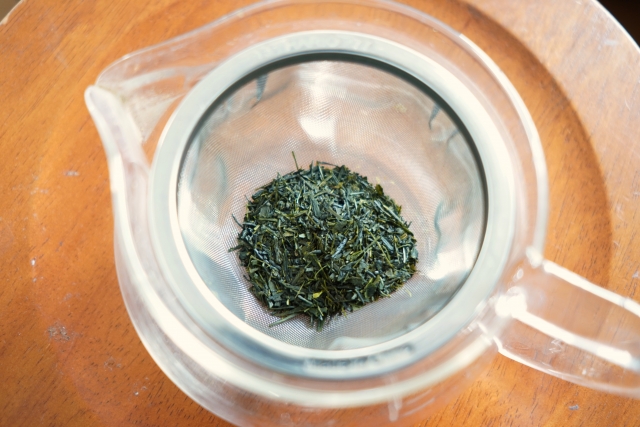
Hello everyone!
Thank you for visiting our site ^ ^
In this article, we will introduce one of the three great teas of Japan, ‘Sayama Tea’, and its production region, ‘Sayama’.
We will discuss everything from the history of tea cultivation in Sayama to the distinctive taste of its tea, so please stay with us until the end ^ ^
Sayama(狭山)
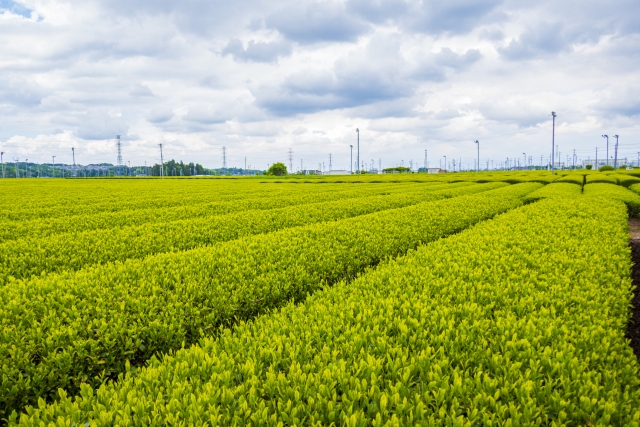
Located in the Sayama hills area, centered around Iruma City, Tokorozawa City, and Sayama City, Sayama is the main tea-producing region in Saitama Prefecture.
This region is known as the northern economic limit for green tea production. The ‘Sayama Tea’ produced in this colder climate is known for its unique sweetness and richness.
Sayama Tea
Sayama Tea, alongside Shizuoka Tea and Uji Tea, is recognized as one of the “Three Great Teas of Japan.”
In the Reiwa 3rd year’s harvest, Saitama Prefecture’s tea cultivation area covered 783 hectares, ranking 8th nationally, and its rough tea production was 728 tons, placing it 10th in Japan. This is due to Saitama Prefecture’s colder location compared to other tea-producing areas, which allows for only two tea harvests per year.
The origins of Sayama Tea trace back to ‘Kawagoe Tea’ (around Kawagoe City) and ‘Jikou Tea’ (Tokigawa Town).
The History of Sayama Tea
The origin of Sayama Tea dates back to around 800 AD, when a monk who had traveled to Tang Dynasty China as an envoy brought tea to Japan.
About 400 years later, around 1200 AD, as tea cultivation spread across the country, tea production began in Saitama Prefecture. ‘Kawagoe Tea’ (based in Nakain of Kawagoe City) and ‘Jikou Tea’ (based in Jikouji of Tokigawa Town) became famous as distinguished teas.
However, due to warfare, these tea-producing areas fell into ruin, and tea production ceased.
Later, in the early 1800s, two individuals, Yoshikawa Onkyo (from Miyadera in Iruma City) and Murano Seimasu (from Mizuho Town in Tokyo), introduced the Sencha tea-making method, born in Uji, to the villages at the northern foot of the Sayama hills. The tea produced in this region became known as ‘Sayama Tea’. By the end of the Edo period and into the Meiji era, tea cultivation spread across the Musashino plateau surrounding the Sayama hills.
Today, areas around the Sayama hills, including Sayama City, Iruma City, Hanno City, and Kawagoe City, form the core of this tea-producing region, making it one of the major tea-producing areas in Japan.
The Characteristics of Sayama Tea
Sayama Tea is often lauded with the phrase, “The color of Shizuoka, the aroma of Uji, but the taste is clinched by Sayama,” highlighting its profound flavor.
Surviving the cold winters of Sayama, the tea leaves thicken and develop a deeper flavor. This is further enhanced by a unique finishing technique called “Sayama Hiire,” resulting in a sweet and rich tea.
“Hiire” (firing) is a process in the final stage of tea production where heat is applied. This thorough drying increases storage life, produces a heated aroma, and enhances the tea’s flavor and fragrance.
Additionally, the “Sayama Hiire” imparts a distinctive aroma known as “Sayama Kaori,” culminating in Sayama Tea that is rich in both ‘kokumi’ (rich taste) and sweetness, despite its astringency.
Conclusion

This article introduced you to ‘Sayama Tea,’ but how did you find it?
‘Sayama Tea,’ produced in a cold region, is characterized by its robust richness and sweetness. As someone living in Saitama Prefecture, I regularly enjoy this delicious tea and would highly recommend it to those who found this article interesting. Give ‘Sayama Tea’ a try ^ ^



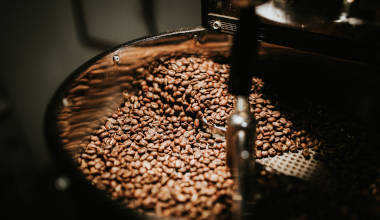



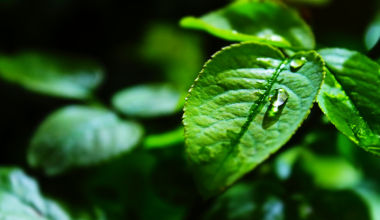
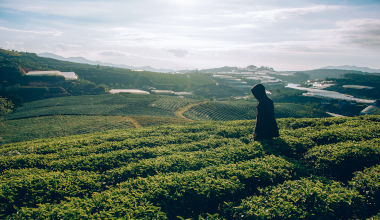


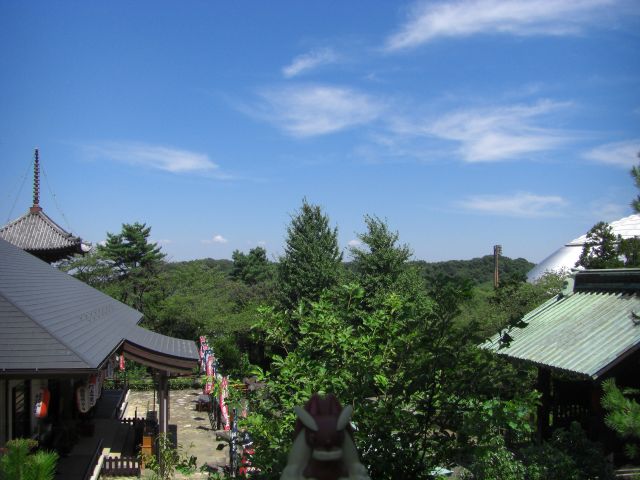
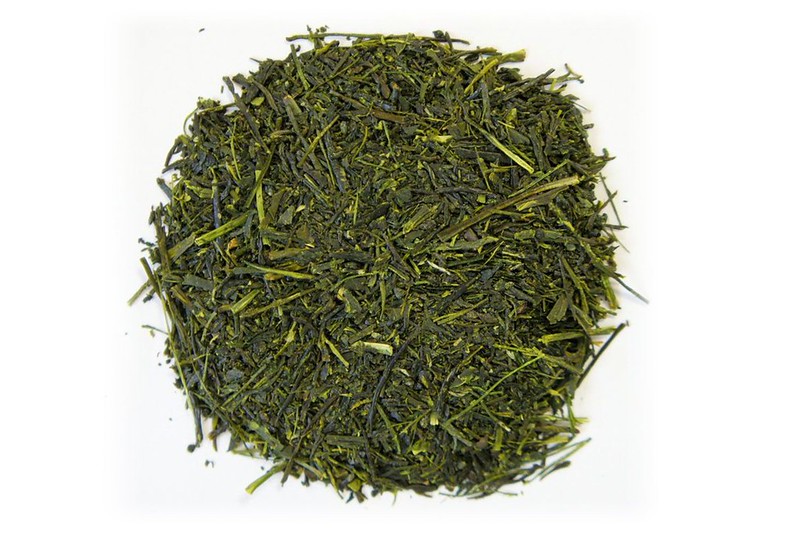
No comments yet.